Gen Z May Be in for Traditional Suiting, According to Textile Makers
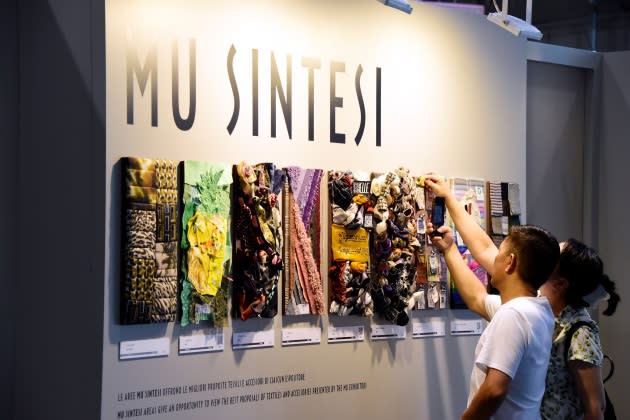
MILAN — Gen Zers in a full suit? Unexpected but likely, judging from the fall 2024 textile collections on show at the three-day trade fair Milano Unica.
Temporarily held inside bigger pavilions at the Rho-Fiera fairgrounds, the show spotlighted how the quiet luxury trend — whether real or made up by TikTok content creators — is showing momentum, with fall 2024 fabric collections rich in solid colors and sleek dyes and finishings.
More from WWD
WWD Sustainability Forum: Accenture Retail Exec Dissects Fashion's 'Messy Middle,' New ESG Report
Men's Showrooms, Trade Shows, Agencies Banding Together in July
In the womenswear arena, patterns, jacquards and embroideries went for textured and 3D effects rather than intricate patterns and motifs.
Textile-makers are well aware that luxury is the most resilient segment, having proved its ability to dodge headwinds big and small. Bain & Co.’s most recent forecast points to a 5 to 12 percent sales growth for the sector in 2023 to between 360 billion and 380 billion euros.
That’s the lucrative niche space that suppliers are increasingly tapping into with a high-end push in terms of client portfolios and product offerings.
Milano Unica is taking note and hoping to carve out a growing niche — of exhibitors and attendees — and play in a league of its own, thus overcoming the longstanding competition with Première Vision, which still offers representation to companies with lower positioning. Aiming to stay ahead of the game, the fair teamed with PwC to debut its own immersive metaverse space.
The physical summer edition accrued more than 4,700 visitors, roughly a third of which hailed from abroad, with a strong return of Far Eastern buyers. The number represents a 16 percent gain compared to last July’s event.
Business-wise there are several challenges ahead, exhibitors contended, especially as the market’s volatility, inflation’s impact on consumer confidence and mixed business in China and the U.S. may dent the sector’s performance.
Over the past few years, growing textile demand during the post-pandemic rebound and supply hiccups have hit the market, fueling competition and boosting prices for raw materials — but luxury players seemed ready to absorb skyrocketing costs.
The slower-than-expected recovery of the Chinese market, with its ripple effect not only on fashion consumption but also in terms of volumes of exported fabrics, is now facing a different scenario than, say, Australian wool, currently trading at 7.17 euros per kilogram, down from 9.31 euros one year ago.
Effects of this depreciation will not be perceived by customers at retail until the fall of 2024, but may already have an impact on the supply chain.
According to Ercole Botto Poala, chief executive officer of Reda, 2024 performances will be highly influenced by current retail sellout figures.
“It will really depend on how the market welcomes price increases. It speaks volumes to the ‘inefficiency’ of the supply chain that is so long and diluted,” he said. “We need to focus on time-to-market to shorten and enhance our planning capability,” he said.
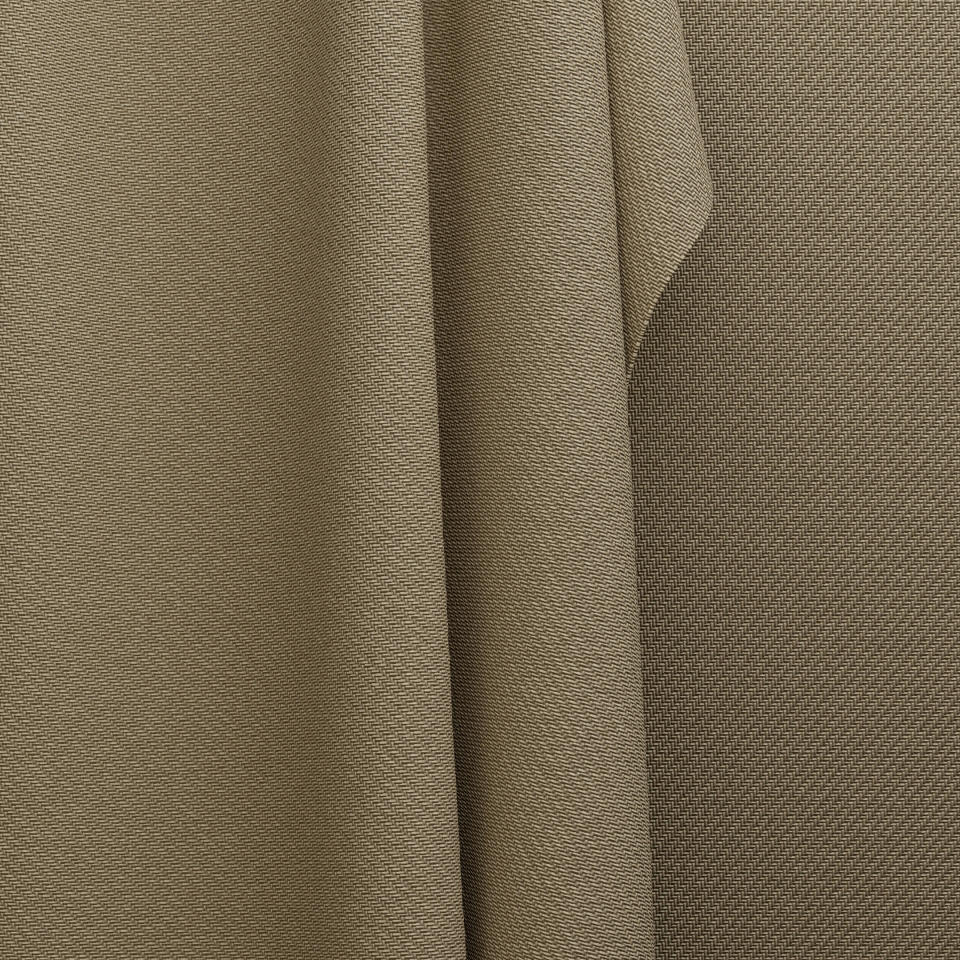
In 2022, the company’s revenues stood at 115 million euros, and Botto Poala hopes to fuel profitability rather than the top line this year. “[Textile] is a capital-intensive business, we need those margins to keep growing,” he said.
“Although raw materials have been declining after several all-time highs in recent months…there seems to be no slowdown in the luxury sector,” said Vasiliy Piacenza, brand manager of the Piacenza 1733 woolen mill, now a group with sales of 94 million euros in 2022 comprising the namesake firm, Lanificio Fratelli Cerruti, patternmaker Arte Tessile and Lanificio Piemontese.
An early bird to the textile conglomerate game, Marzotto Group — which posted revenues of 369.5 million euros in 2022 — has fine-tuned its business scope in the past few years, making a high-end push and banking on the added value it offers through technological and sustainability investments, fibers’ intrinsic qualities and services.
“The most strategic of all decisions was to reposition ourselves in our key markets, reducing [production] volumes especially for Marzotto Wool Manufacturing [a division within Marzotto Group that includes the Marzotto Tessuti, Marlane, Guabello, Estethia G.B. Conte, Opera Piemontese and Fratelli Tallia di Delfino firms],” chief executive officer Davide Favrin explained.
“This [strategy] allowed us to hit the market in 2022, when business was picking up, with a different and richer collection, with a nimbler and more efficient approach,” he said, highlighting how last year’s revenues were the company’s best since 2007, despite a reduction in volumes.
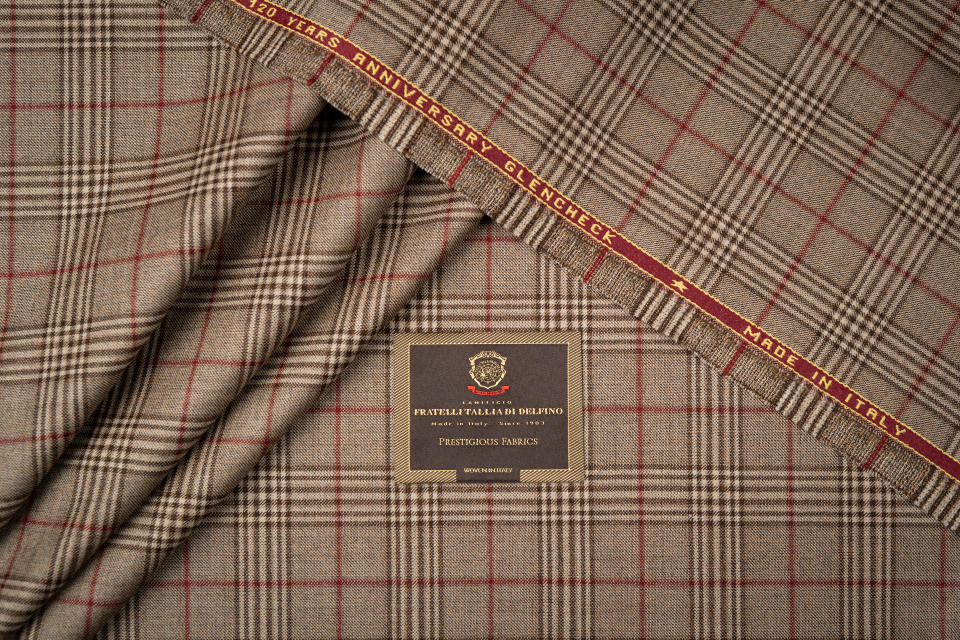
“It was a risky bet to assume that the world would head towards increased attention to the intrinsic value of garments,” the executive opined. This should further fuel the brand’s performance this year.
At its first Milano Unica display, silk specialist Mantero was bullish about prospects, with president Franco Mantero reporting a 20 percent increase in first half sales compared to 2022 and forecasting a 15 to 20 percent year-end growth.
“We’ve shaped the company to become a textile manufacturing and creative partner for luxury and fashion brands across categories,” he said. “One of our greatest strengths is creative development,” he added, noting that the company has also recently issued its first sustainability report.
Conversely, several companies are expecting year-end growth to plateau compared to 2022, an exceptional year due to the brisk post-pandemic rebound.
Bain & Co. estimates that growth for the sector will not pass the 10 percent mark this year, dented by slowdown in second-half sales, with orders for the fall 2024 season potentially being pushed back.
Sales of Italian textiles jumped 29.6 percent in 2022 to 7.9 billion euros. Exports in the first quarter this year grew 13.8 percent, compared to a 46.2 percent gain in the same period last year — growth due to the restart of manufacturing after the pandemic. France and Germany topped the list of the strongest importing countries in the first quarter, while China inched up 7.3 percent.
The biggest fear among exhibitors is that 2024 could start on a downbeat note should China’s full comeback be delayed.
“The post-COVID-19 rush seems to be waning down…the pace is stabilizing,” said Giovanna Maggia, from Biella, Italy-based Maglificio Maggia, a jersey manufacturer, forecasting 2023 sales to remain in the 20 million to 21 million euros region as last year. At Eurojersey recent estimates point to a 6 percent drop in 2023 sales to 80 to 85 million euros.
“If China doesn’t get fully back on track, against a backdrop of rising inflation and protectionist measures [initiated] by several nations, as well as elevated global interest rates put in place to combat energy costs-related inflation, I think we will see a slowdown,” said Alessandro Barberis Canonico, CEO of Vitale Barberis Canonico and president of Milano Unica.
Another reason for concern: the U.S. market — a boon to the fashion sector at large in 2022 — is seemingly decelerating, with exports of Italian textiles in the three months ended March 31 decreasing 12.5 percent.
“I assume the first half of 2024 could be harsh if the U.S. [doesn’t] get back on track. The country is suffering, especially in [fashion’s] premium and middle segments, but they’ve got us used to swift downturns and equally quick recoveries,” said Stefano Albini, CEO of cotton specialist Albini Group.
According to Favrin, the U.S. remain a promising market as fashion companies there are seemingly reshoring production to western countries to “rely on [manufacturing] players with a ‘reassuring’ pipeline,” he said.
Fashion-wise, a return to dressier styles is benefiting the sale of tailoring-geared fabrics, with Barberis Canonico pointing to robust sales in the occasionwear segment and an increased demand for sartorial dressing — literally a full suit — among younger generations.
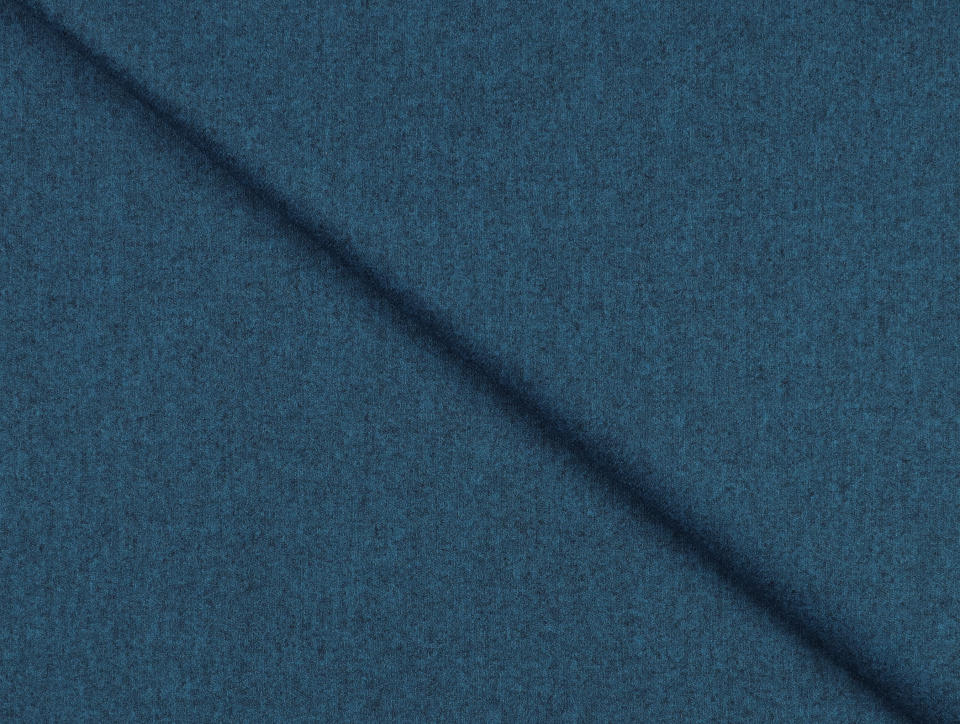
Crafted from luxurious yarns — think cashmere, yak, mohair and Merino wool — menswear fabrics hinged on timeless classics, from Piacenza 1733’s baby camelhair offered in a Solaro pattern and plenty of colorways, to Lanificio Fratelli Cerruti’s superfine Prestige 130’s wools.
Precious blends such as cashmere and silk were all the rage, as seen in Reda’s and Piacenza 1733’s collections, spiced up by a knickerbocker pattern by the former, and offered in a washed-looking overdyed iteration by the latter. At Maglificio Maggia, these blends were worked into jerseys for deconstructed blazers, while a sablè finishing provided overcoats with a furry surface.
A Vitale Barberis Canonico’s lightweight mohair flannel offered in wintery solids including tan, forest green and ochre had a shimmering, occasionwear feel that resonated in the Fratelli Tallia di Delfino offering, too.
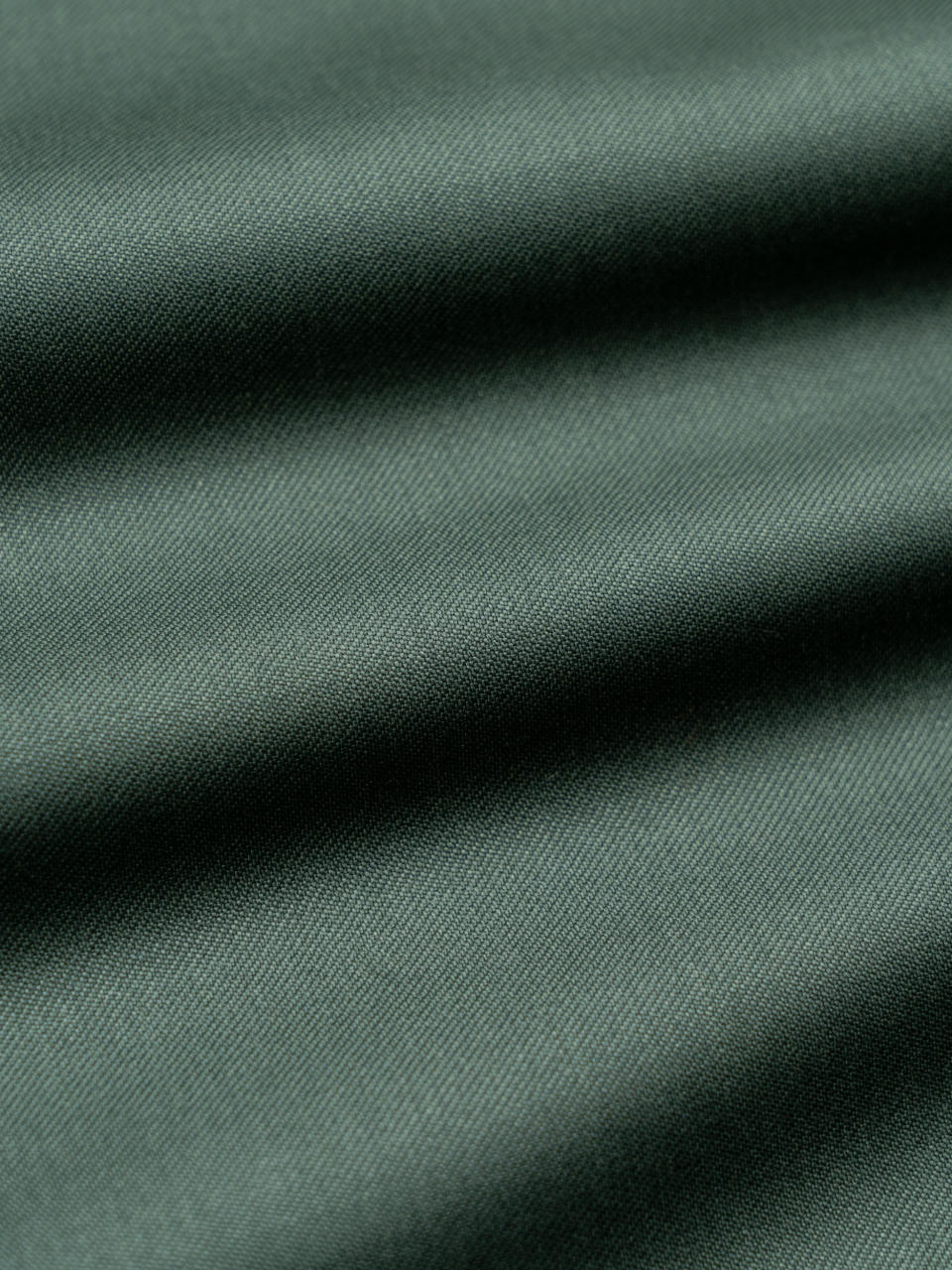
The Marzotto Group-owned mill, marking its 120th anniversary this year, debuted the Honey Wax range of wool fabrics dyed with organic compounds and finished with beeswax set to enrich the app-enabled stock service, a boon for the number of tailors the company serves.
Archival textiles viewed as timeless options were reissued across the board, with Guabello, for example, working its signature, elastomer-free, bi-stretch fabric into neutral shades.
Luxury brands have not waved goodbye to performance and tech-heavy fabrics, either, and textile-makers continued to up the ante on innovation and sustainability.
At Eurojersey, the printed Sensitive Fabrics came in a variety of iterations including the ’70s-nodding After Party range, rich in tie and geometric patterns and pinstripe motifs suitable for comfortable and performance tailoring and shirting.
The company also teamed up with Tessuti di Sondrio, a workwear specialist, on Metropolis, a double-face fabric combining cotton, linen or wool on the outside with the registered Sensitive Fabrics inside. In Tessuti di Sondrio’s seasonal range, velvet-looking blends of wool and cotton mixed with cashmere and other noble fibers as well as the Luxury Denim lineup made of wool or wool combined with cotton, cashmere or hemp, were among the standouts.
The sustainability game is still going strong, with Manteco introducing the registered ReviWool fabric, a low-impact virgin wool obtained by enhancing the efficiency of spinning and avoiding raw material waste. According to its Life Cycle Assessment, it has more than 65 percent less impact on climate change, water and energy consumption, compared to traditional wool.
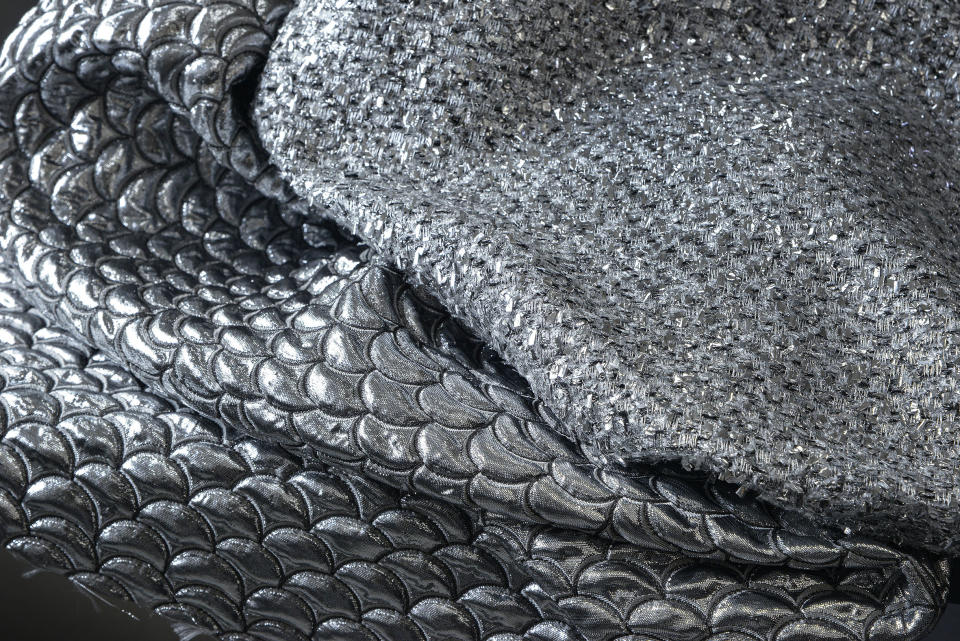
At Albini Group, the Regenerative Bio Fusion range — of which 0.5 million meters were already manufactured — was a testament to its ongoing eco-commitment. An evolution of the organic and traceable Bio Fusion cotton fabric, the new iteration relies on organic cotton grown by a partner in California according to regenerative agriculture principles.
Similarly, interlining manufacturer Chargeurs PCC spotlighted its DHJ product, woven from 100 percent Better Cotton Initiative- and Oekotex 100-certified cotton, while premium thermal insulation company Thermore debuted the Ecodown Fibers Ocean crafted from 100 percent PET bottles.
In the womenswear arena, companies channeled their technical know-how in textured and tactile fabrics.
Canepa, which has found a new CEO in Alfredo Caneparo, offered crisp-looking coated wools and velvets, as well tweeds combining viscose, cotton, polyester and metal threads, while Redaelli Velluti presented embossed and devorè velvets with a furry, cocooning effect and GRS-certified polyesters treated with a bursting technique to obtain a 3D surface. The latter company recently debuted the blockchain-based “Track In” traceability program.
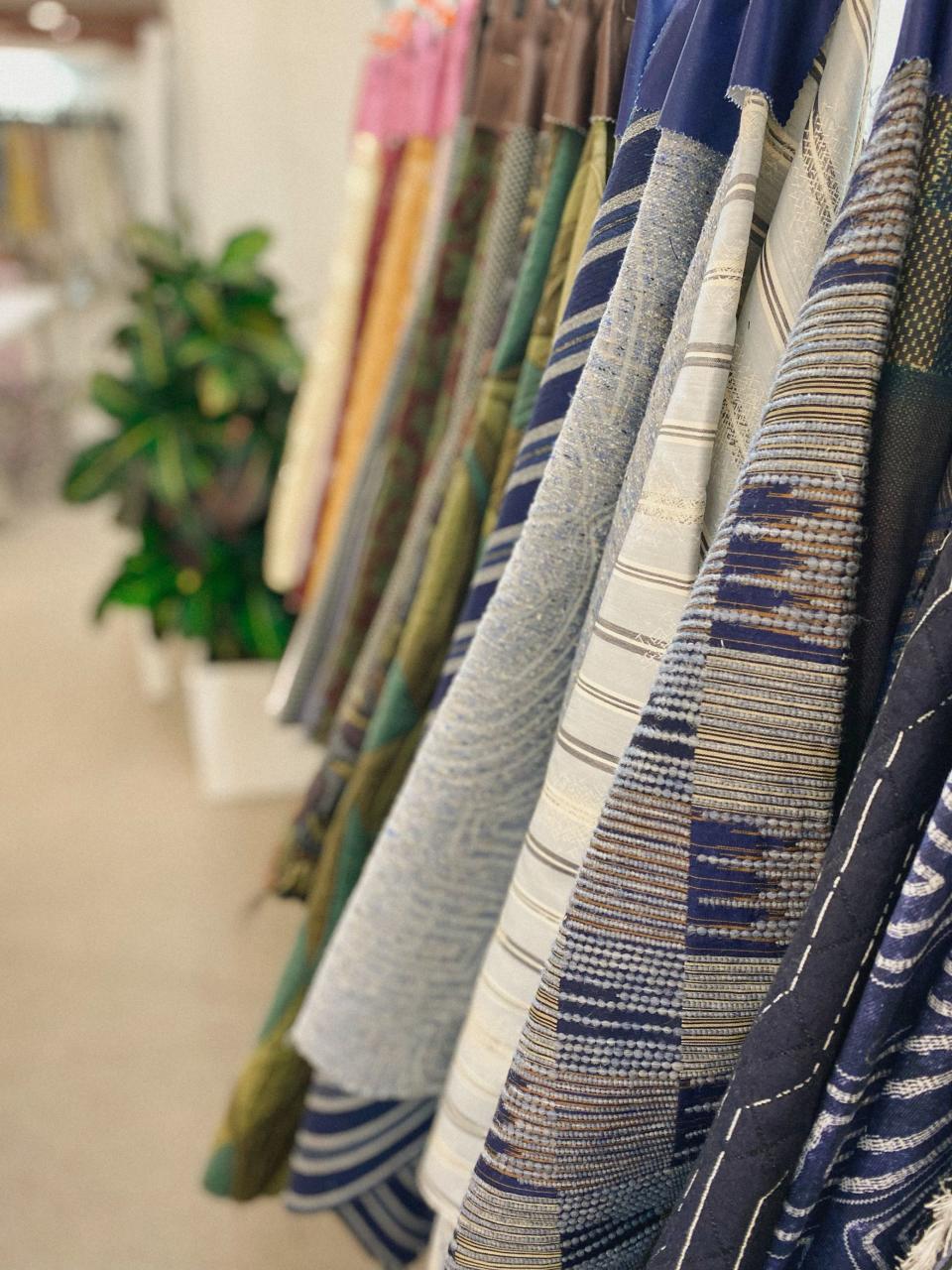
At Mantero, embossed effects in the guise of crocodile patterns, textured velvets paired with jerseys and indigo patchworks manufactured according to the Japanese boro sashiko technique, enhanced the overall understated luxury trend.
Best of WWD


